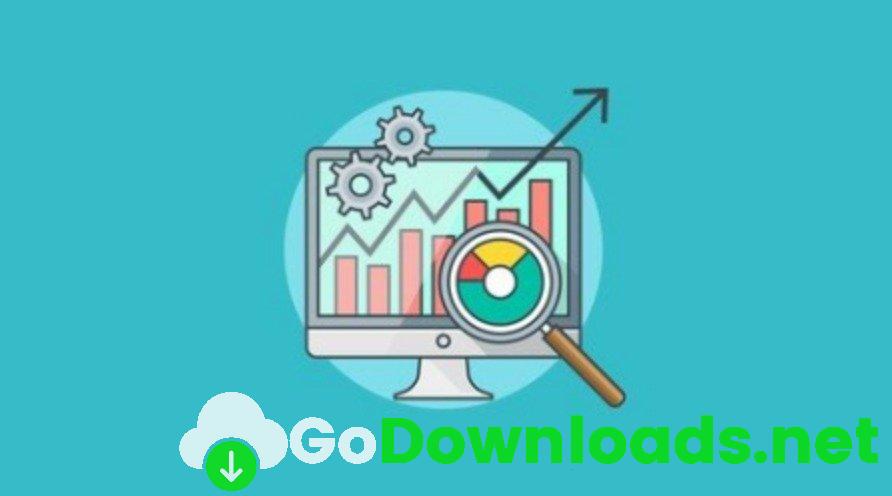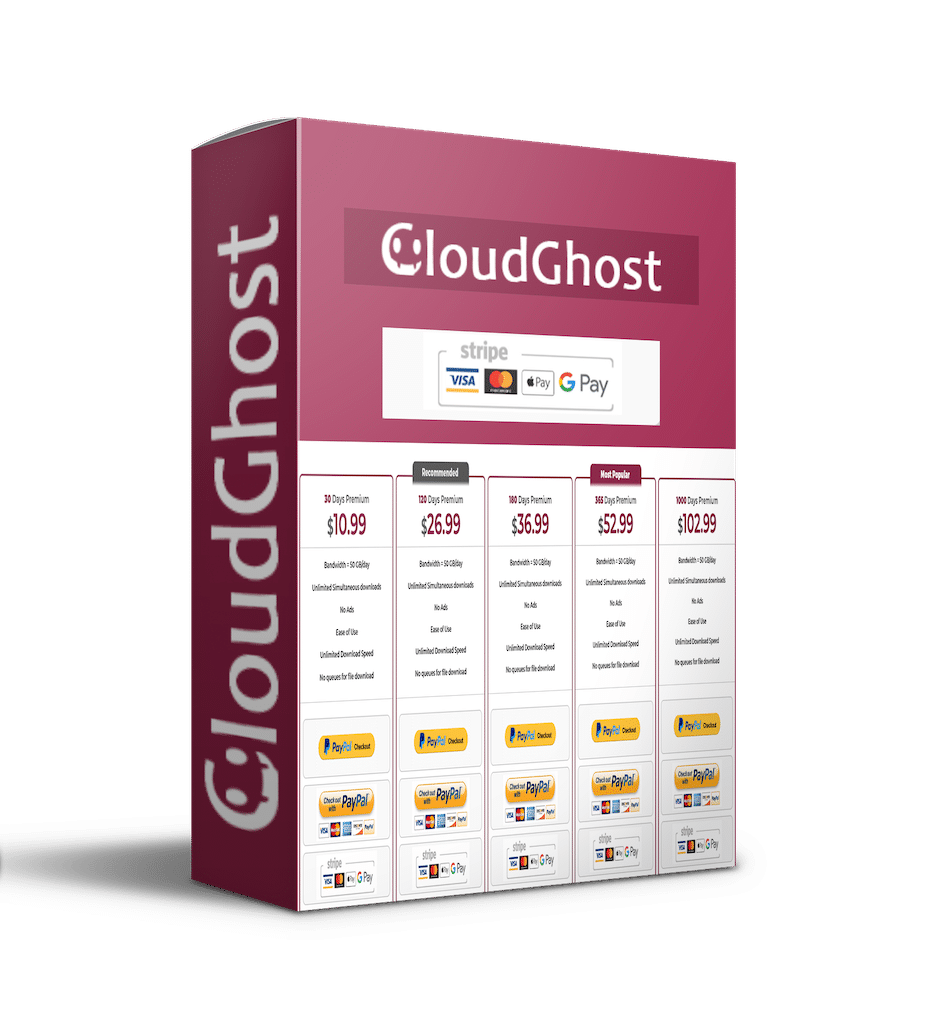Cool
Learning Path R Powerful Data Analysis With R Free Download

Last updated 6/2017MP4 | Video: h264, 1280×720 | Audio: AAC, 44.1 KHzLanguage: English | Size: 1.38 GB | Duration: 9h 43m
Learn advanced techniques of R to solve real-world problems in data analysis
What you’ll learn
Import and export data in various formats in R
Perform advanced statistical data analysis
Visualize your data on Google or OpenStreetMap
Enhance your data analysis skills and learn to handle even the most complex datasets
Learn how to handle vector and raster data in R
Delve into data visualization and regression-based methods with R/RStudio.
Tackle multiple linear regression with R
Explore multinomial logistic regression with categorical response variables at three levels
Requirements
You need to be familiar with the R programming language.
You should have RStudio installed on your system.
Description
There’s an increasing number of data being produced every day. This has led to the demand for skilled professionals who can analyze these data and make decisions. R is one of the popular tools which is widely used by data analysts for perfog data analysis on real-world data.
This Learning Path is the complete learning process to play with data. You will start with the most basic importing techniques for ing compressed data from the Web. You will get introduced to how CRAN works and will demonstrate why viewers should use them.
Next, you will learn to create static plots. Then, you will understand how to plot spatial data on interactive web platforms such as Google Maps and OpenStreetMap.
You will learn advanced data analysis concepts such as cluster analysis, -series analysis, association mining, PCA, handling missing data, sennt analysis, spatial data analysis with R and QGIS, and advanced data visualization with R’s ggplot2 library.
Finally, you will implement the various topics learned so far to analyze real-world datasets from various industry sectors.
By the end of this Learning Path, you will learn how to perform data analysis on real-world data.
For this course, we have combined the best works of these esteemed authors:
Fabio Veronesi
Fabio Veronesi obtained a Ph.D. in digital soil mapping from Cranfield University and then moved to ETH Zurich, where he has been working for the past three years as a postdoc. In his career, Dr. Veronesi worked at several topics related to environmental research: digital soil mapping, cartography and shaded relief, renewable energy and transmission line siting. During this Dr. Veronesi specialized in the application of spatial statistical techniques to environmental data.
Dr. Bharatendra Rai
Dr. Bharatendra Rai is Professor of Business Statistics and Operations Management in the Charlton College of Business at UMass Dartmouth. He teaches courses on topics such as Analyzing Big Data, Business Analytics and Data Mining, Twitter and Text Analytics, Applied Decision Techniques, Operations Management, and Data Science for Business.
Overview
Section 1: Learning Data Analysis with R
Lecture 1 The Course Overview
Lecture 2 Importing Data from Tables (read.table)
Lecture 3 ing Open Data from FTP Sites
Lecture 4 Fixed-Width Format
Lecture 5 Importing with read.lines (The Last Resort)
Lecture 6 Cleaning Your Data
Lecture 7 Loading the Required Packages
Lecture 8 Importing Vector Data (ESRI shp and GeoJSON)
Lecture 9 Transfog from data.frame to SpatialPointsDataFrame
Lecture 10 Understanding Projections
Lecture 11 Basic /dates formats
Lecture 12 Introducing the Raster Format
Lecture 13 Reading Raster Data in NetCDF
Lecture 14 Mosaicking
Lecture 15 Stacking to Include the Temporal Component
Lecture 16 Exporting Data in Tables
Lecture 17 Exporting Vector Data (ESRI shp File)
Lecture 18 Exporting Rasters in Various Formats (GeoTIFF, ASCII Grids)
Lecture 19 Exporting Data for WebGIS Systems (GeoJSON, KML)
Lecture 20 Preparing the Dataset
Lecture 21 Measuring Spread (Standard Deviation and Standard Distance)
Lecture 22 Understanding Your Data with Plots
Lecture 23 Plotting for Multivariate Data
Lecture 24 Finding Outliers
Lecture 25 Introduction
Lecture 26 Re-Projecting Your Data
Lecture 27 Intersection
Lecture 28 Buffer and Distance
Lecture 29 Union and Overlay
Lecture 30 Introduction
Lecture 31 Converting Vector/Table Data into Raster
Lecture 32 Subsetting and Selection
Lecture 33 Filtering
Lecture 34 Raster Calculator
Lecture 35 Plotting Basics
Lecture 36 Adding Layers
Lecture 37 Color Scale
Lecture 38 Creating Multivariate Plots
Lecture 39 Handling the Temporal Component
Lecture 40 Introduction
Lecture 41 Plotting Vector Data on Google Maps
Lecture 42 Adding Layers
Lecture 43 Plotting Raster Data on Google Maps
Lecture 44 Using Leaflet to Plot on Open Street Maps
Lecture 45 Introduction
Lecture 46 Importing Data from the World Bank
Lecture 47 Adding Geocoding Information
Lecture 48 Concluding Remarks
Lecture 49 Theoretical Background
Lecture 50 Introduction
Lecture 51 Intensity and Density
Lecture 52 Spatial Distribution
Lecture 53 Modelling
Lecture 54 Theoretical Background
Lecture 55 Data Preparation
Lecture 56 K-Means Clustering
Lecture 57 Optimal Number of Clusters
Lecture 58 Hierarchical Clustering
Lecture 59 Concluding
Lecture 60 Theoretical Background
Lecture 61 Reading -Series in R
Lecture 62 Subsetting and Temporal Functions
Lecture 63 Decomposition and Correlation
Lecture 64 Forecasting
Lecture 65 Theoretical Background
Lecture 66 Data Preparation
Lecture 67 Mapping with Deteistic Estimators
Lecture 68 Analyzing Trend and Checking Normality
Lecture 69 Variogram Analysis
Lecture 70 Mapping with kriging
Lecture 71 Theoretical Background
Lecture 72 Dataset
Lecture 73 Linear Regression
Lecture 74 Regression Trees
Lecture 75 Support Vector Machines
Section 2: Mastering Data Analysis with R
Lecture 76 The Course Overview
Lecture 77 Getting Started and Data Exploration with R/RStudio
Lecture 78 Introduction to Visualization
Lecture 79 Interactive Visualization
Lecture 80 Geographic Plots
Lecture 81 Advanced Visualization
Lecture 82 Getting Introductory Concepts
Lecture 83 Data Partitioning with R
Lecture 84 Multiple Linear Regression with R
Lecture 85 Multicollinearity Issues
Lecture 86 Logistic Regression with Categorical Response Variables at two Levels
Lecture 87 Logistic Regression Model and Interpretation
Lecture 88 Misclassification Error and Confusion Matrix
Lecture 89 ROC Curves
Lecture 90 Prediction and Model Assessment
Lecture 91 Multinomial Logistic Regression with Categorical Response Variables at 3Levels
Lecture 92 Multinomial Logistic Regression Model and Its Interpretation
Lecture 93 Misclassification Error and Confusion Matrix
Lecture 94 Prediction and Model Assessment
Lecture 95 Ordinal Logistic Regression with R
Lecture 96 Ordinal Logistic Regression Model and Interpretation
Lecture 97 The Misclassification Error and Confusion Matrix
Lecture 98 Prediction and Model Assessment
This Video Learning Path is for those who are familiar with R and want to learn data analysis from scratch to an advanced level.
![]()
d3z2eIpS__Learning_P.part1.rar – 1.0 GB
d3z2eIpS__Learning_P.part2.rar – 390.4 MB




